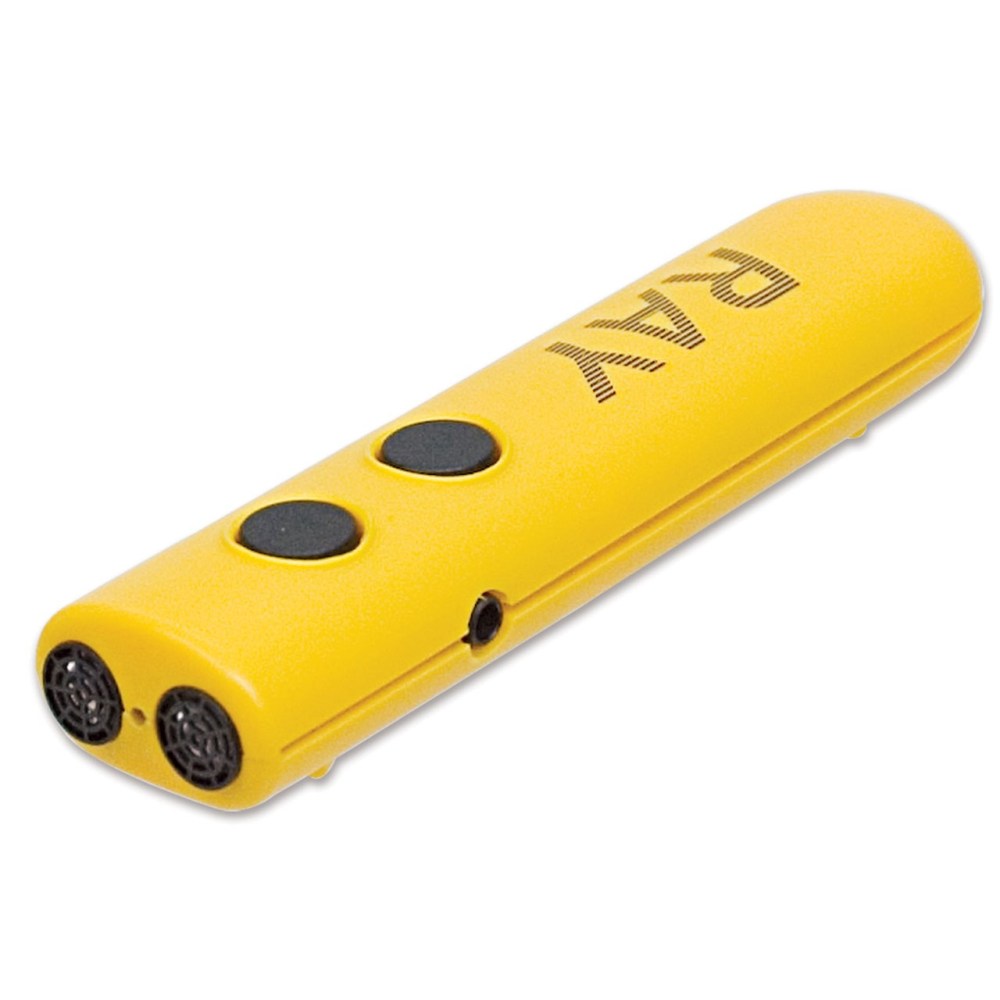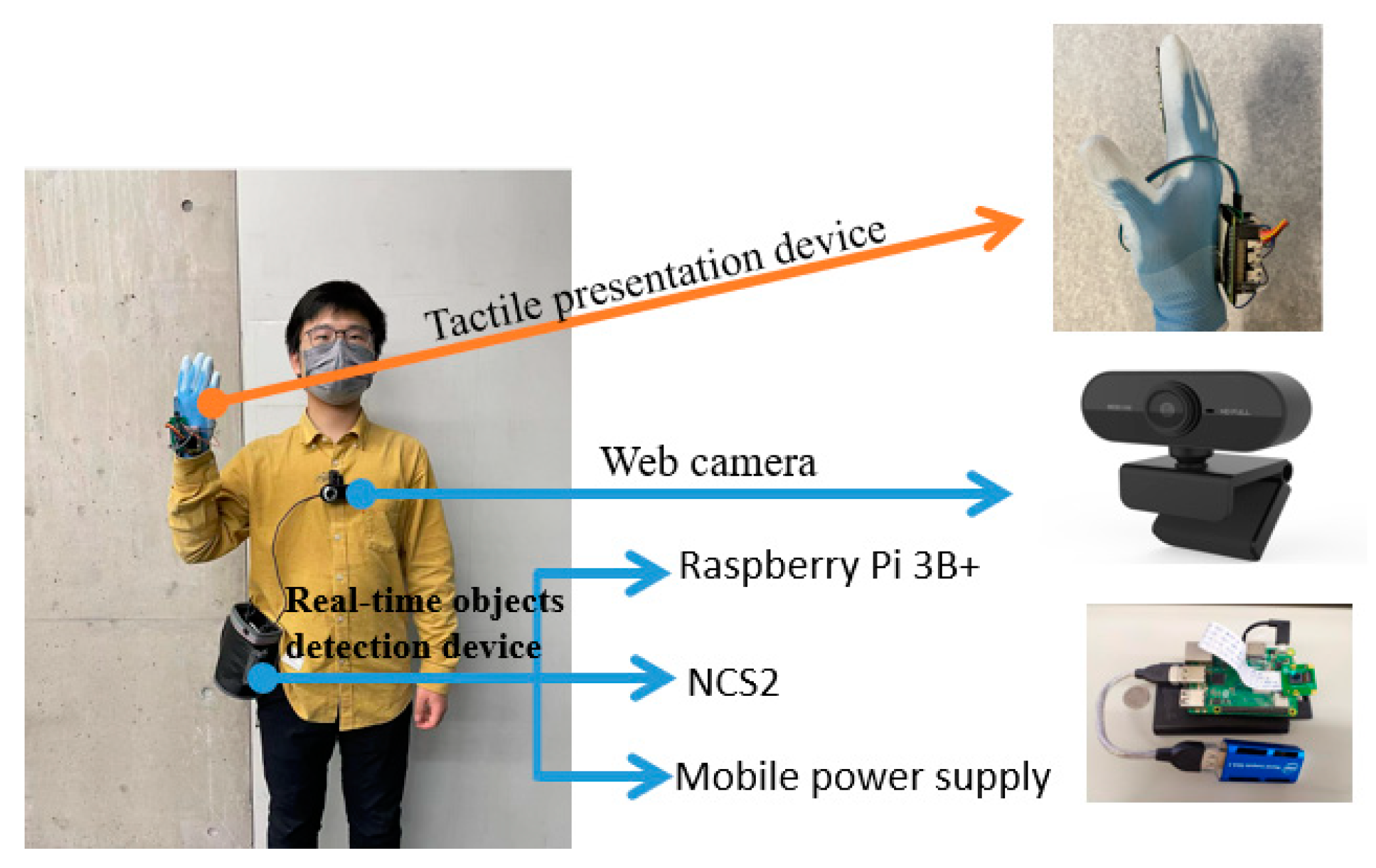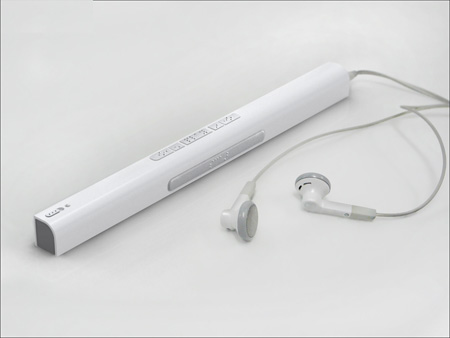Mobility Aids for Visually Impaired Users: Navigating the World with Confidence
Mobility Aids for Visually Impaired Users: Navigating the World with Confidence
Blog Article
Discover Cutting-edge Tools Designed for the Visually Impaired
The advancement of ingenious devices for the aesthetically impaired stands for a significant advancement in ease of access and self-reliance. Technologies such as wise glasses with AI abilities and mobile applications designed to provide acoustic summaries are reshaping daily experiences for customers. Additionally, wearable devices that utilize haptic comments enhance ecological awareness, while modern-day Braille developments use new ways to engage with text. As these devices remain to evolve, their influence on the lives of those with visual impairments raises vital concerns regarding the future of inclusivity and freedom in various elements of life. What exists ahead in this technological landscape?
Smart Glasses for Navigating

Smart glasses developed for navigating are changing the method visually impaired individuals interact with their environment. These innovative devices use a combination of cam technology, expert system, and acoustic feedback to supply real-time info regarding surroundings. By using challenge discovery systems, smart glasses can alert individuals to prospective threats, enabling safer movement in both acquainted and unfamiliar settings.
The assimilation of GPS technology further boosts navigation capacities, enabling individuals to get acoustic instructions as they move. This hands-free method not just fosters self-reliance however additionally empowers aesthetically damaged individuals to browse urban landscapes with boosted confidence. Additionally, numerous smart glasses are equipped with features that identify spots and street indicators, supplying contextual info that boosts the user experience.
Additionally, the advancement of these tools is continually advancing, with business functioning to boost the accuracy of object recognition and increase the series of navigational features. As smart glasses end up being more obtainable and inexpensive, they hold the potential to substantially transform day-to-day life for visually damaged customers. Eventually, these innovative tools represent an important step toward inclusivity, offering enhanced mobility and a higher feeling of autonomy for individuals navigating the world around them.

Mobile Apps for Daily Living
Exactly how can mobile applications improve the day-to-days live of aesthetically impaired individuals? Mobile applications are revolutionizing the method aesthetically damaged customers browse their atmospheres, take care of day-to-day jobs, and accessibility info. These applications supply necessary assistance through different performances, cultivating self-reliance and enhancing lifestyle.
A number of cutting-edge mobile apps are developed particularly for daily living. Apps like Be My Eyes connect aesthetically damaged users with sighted volunteers by means of video clip phone calls, allowing them to receive real-time support with tasks such as reviewing labels or browsing unfamiliar spaces. Seeing AI, established by Microsoft, makes use of synthetic knowledge to define environments, checked out message, and recognize items, effectively transforming a mobile phone into a powerful tool for day-to-day assistance.
Furthermore, navigating applications tailored for the aesthetically damaged, such as Aira and BlindSquare, provide audio-based directions and ecological info, allowing individuals to traverse their environments securely and confidently. Past navigation and immediate support, mobile applications also support organization and job management, with attributes that help customers set pointers, produce order of business, and track appointments. In summary, mobile applications offer as essential resources, equipping aesthetically impaired people to lead even more independent and satisfying lives.
Wearable Technologies for Aid
Empowerment through technology is progressively evident in the world of wearable tools made to aid aesthetically damaged people. These innovative tools integrate effortlessly into day-to-day live, boosting navigating and offering necessary responses to users. Wise glasses furnished with cams can check out and acknowledge faces text aloud, allowing customers to communicate more confidently in expert and social settings.
Another get redirected here notable improvement is the use of haptic comments systems in wearable devices. These systems use resonances or various other responsive signals to communicate details about the customer's atmosphere, such as barriers or modifications in surface, boosting mobility and safety. Wearable innovations also include wristbands that attach to mobile phones, signaling individuals to notifications via subtle vibrations, thus improving connection without dependence on visual signs.
As these innovations continue to progress, they are not just boosting self-reliance for aesthetically impaired individuals yet additionally cultivating a greater feeling of addition in society. By linking the gap in between difficulties dealt with in day-to-day living and the possibility for autonomy, wearable technologies work as pivotal tools in the mission for equality and empowerment for those with visual problems.
Sound Description Devices
Sound description devices play a crucial function in improving access for visually damaged individuals, supplying them with the ability to engage with aesthetic media. Screen readers for the blind. These tools use narrated descriptions of vital aesthetic components in films, tv programs, and live efficiencies, guaranteeing that users can completely understand the context and emotions communicated via visuals
Audio summary can be integrated into different systems, consisting of streaming services, movie theater testings, and live cinema. Lots of preferred streaming services now include audio Click Here description as an accessibility feature, permitting customers to pick it easily. In enhancement to mainstream media, specialized apps likewise exist, giving audio descriptions for art exhibits, museums, and other cultural events.
The efficiency of audio description depends upon the ability of the narrators, who have to convey visual details succinctly without diminishing the original audio. Technologies in this area are also leading the way for even more tailored experiences, where individuals can change the degree of information and pacing according to their preferences.
Braille Innovations and Tools
Braille innovations and devices have actually substantially changed the way aesthetically impaired individuals communicate with message and details. Modern advancements have actually resulted in the advancement of versatile devices that boost literacy and self-reliance among customers. Notably, Braille show see this website technologies have actually evolved, enabling vibrant analysis experiences. These tools convert digital message into Braille, allowing customers to access a substantial variety of details on computer systems, tablet computers, and smartphones.
In addition, mobile Braille notetakers combine conventional Braille input with modern-day functionalities, promoting note-taking, organizing, and document editing and enhancing on the move. Speech-to-text devices for low vision. These portable gadgets often include text-to-speech abilities, connecting the gap between Braille and auditory information
Additionally, cutting-edge Braille printers have arised, permitting customers to create Braille labels, documents, and academic materials effectively. This ease of access promotes higher participation in professional and instructional environments, inevitably advertising inclusivity.
In addition, research into clever Braille innovations remains to broaden. Gadgets that include synthetic intelligence are being explored to offer real-time navigation assistance and contextual details, improving the user experience in diverse settings. In general, these technologies mirror a commitment to empowering visually impaired people via innovation, ensuring they can quickly accessibility and engage with the world around them.

Verdict
The innovation of cutting-edge tools for the visually damaged substantially boosts independence and lifestyle. Smart glasses, mobile applications, wearable innovations, audio description tools, and Braille advancements jointly encourage individuals by offering necessary navigating support, ecological awareness, and improved reading experiences. These technologies not just foster higher inclusion yet likewise advertise autonomy in daily activities, ultimately contributing to an extra obtainable and fair society for visually impaired people. Proceeded growth in this field holds guarantee for further improvements.
As smart glasses become a lot more easily accessible and inexpensive, they hold the potential to substantially change everyday life for visually impaired customers. Mobile applications are transforming the means aesthetically damaged individuals browse their environments, handle day-to-day tasks, and gain access to information. Applications like Be My Eyes link visually damaged individuals with sighted volunteers by means of video phone calls, permitting them to obtain real-time support with tasks such as reviewing labels or navigating unknown rooms.In addition, navigation applications customized for the aesthetically impaired, such as Aira and BlindSquare, use audio-based instructions and ecological information, enabling users to traverse their surroundings securely and with confidence.The advancement of innovative tools for the aesthetically damaged considerably improves self-reliance and high quality of life.
Report this page